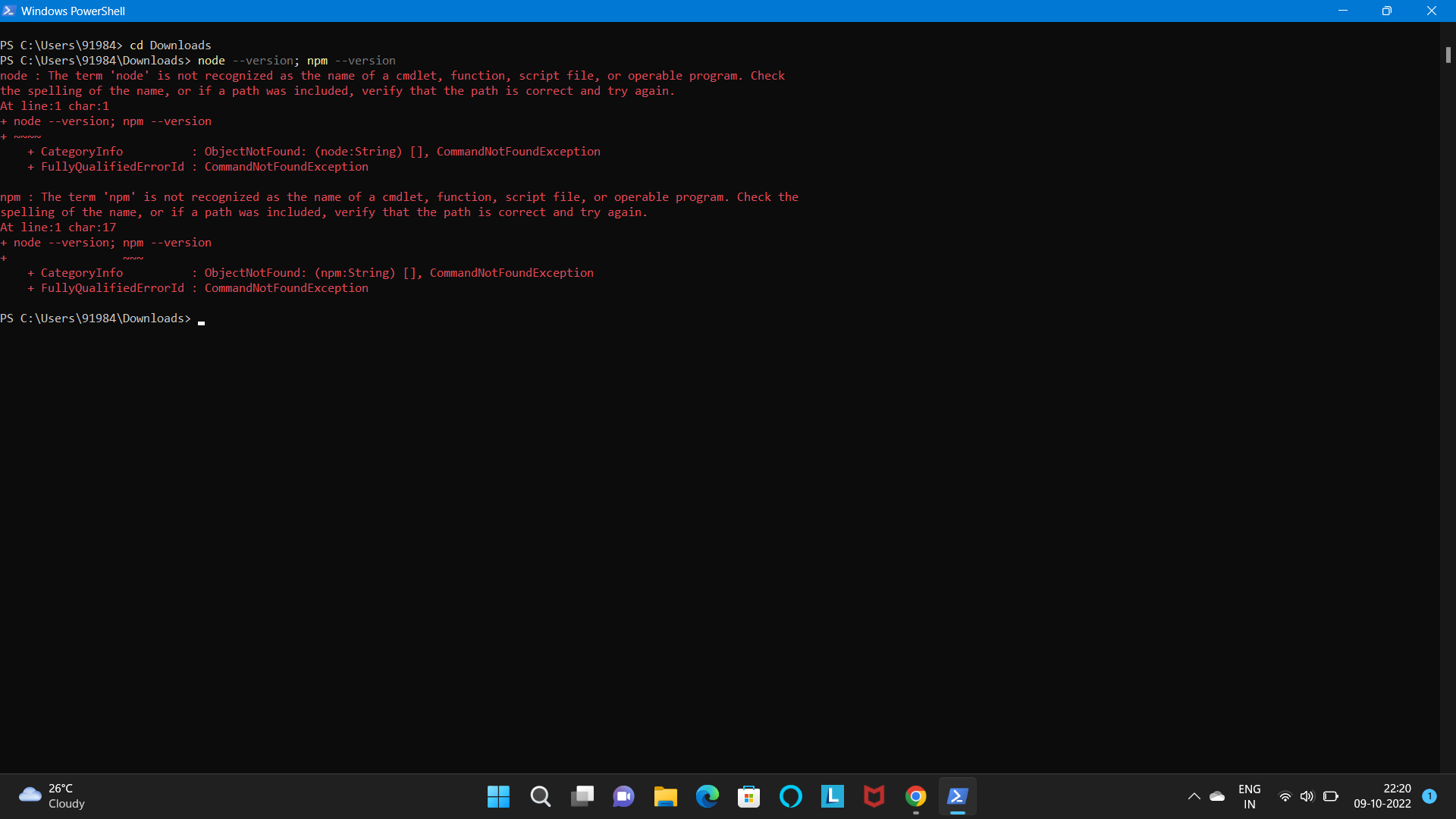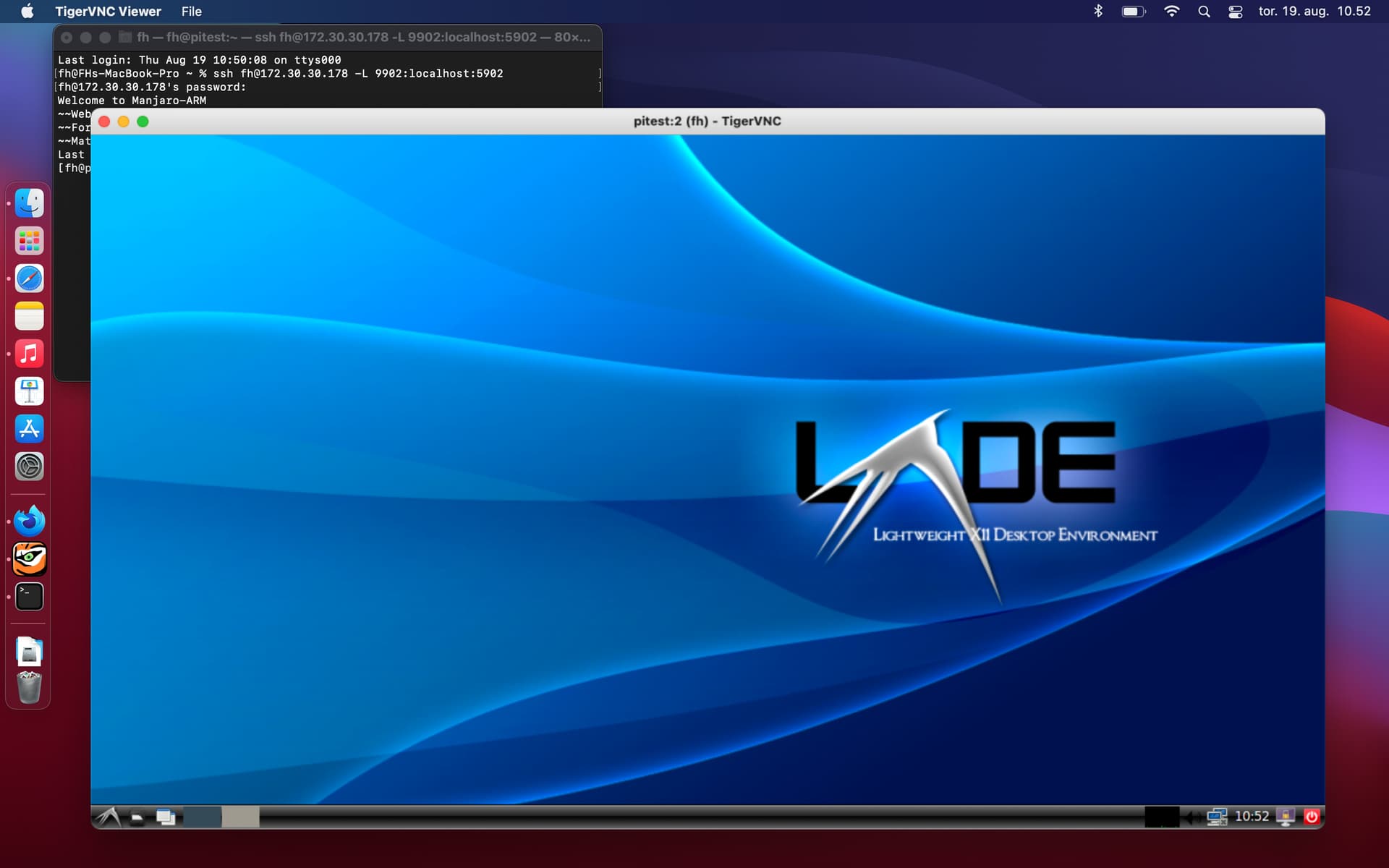

The Pi’s graphics core exposes OpenGL ES 2.0, which is supported by Processing P2D and P3D renderer, thanks to specific enablement in the underlying library, JOGL. This page thus specifically talks about running Processing on Raspbian. However on those distributions you might not have the necessary kernel modules and graphics library to make full use of the Pi’s peripherals. On the Pi 2, 3 and 3+ it is also possible to run other, unmodified Linux distributions, such as Debian or Fedora, since those settled on the ARMv7 architecture as their “baseline” for modern ARM support. They all contain the same Broadcom VideoCore IV graphics processor.Īll models primarily run a modified version of the Debian Linux distribution named Raspbian that was made to run on the ARMv6 CPU (and higher). The Raspberry Pi Zero and Raspberry Pi Zero W feature the same ARMv6 CPU as the original Raspberry Pi, and 512 MB RAM. The Raspberry Pi 3 and 3+ contain a quad-core ARMv8 (64-bit) CPU, which can also be operated in an ARMv7 compatible mode.


The Raspberry Pi 2 contains a quad-core ARMv7 CPU, and 1 GB of RAM. The (original) Raspberry Pi contained an ARMv6 CPU, and 256 or 512 MB RAM.


 0 kommentar(er)
0 kommentar(er)
